HISTORY » REGIONAL AND NATIONAL HISTORY
The best books on The Silk Road
recommended by Valerie Hansen
From the Han dynasty to the time of Marco Polo, the routes connecting Asia, Africa and Europe—now known as the Silk Road—were responsible for enormous amounts of global trade. Yale historian Valerie Hansen, author of The Silk Road: A New History, introduces us to its rich history: “one of the reasons the Silk Road is a misnomer is that silk was not the main good moving along.”
Interview by Eve Gerber
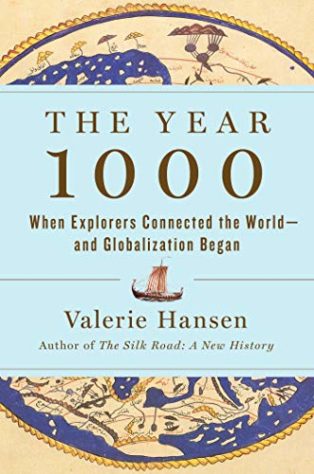
The Year 1000: When Explorers Connected the World―and Globalization Began
by Valerie HansenRead
Read

1
The Silk Road: A New History
by Valerie Hansen
Read

2
Sogdian Traders: A History
Étienne de la Vaissière (trans. James Ward)
Read

3
Diary: Record of a Pilgrimage to China in Search of the Law
Ennin (trans. E O Reischauer)
Read

4
Foreign Devils on the Silk Road
by Peter Hopkirk
Read
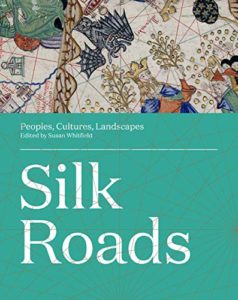
5
Silk Roads: Peoples, Cultures, Landscapes
by Susan Whitfield
To get a sense of direction before we discuss your book recommendations on the Silk Road, please map out our topic. Where is the Silk Road? Or should I say ‘roads’? And what is it?
‘Silk Roads’ is a catchall term for any route, land or water, that crossed Eurasia. People were walking across Eurasia by 1000 BC and maybe even earlier. Most scholars would probably say that the Silk Road ended around 1500, or at least it became secondary to maritime trade as the Atlantic route overtook it. Overland trade continued even after 1500.
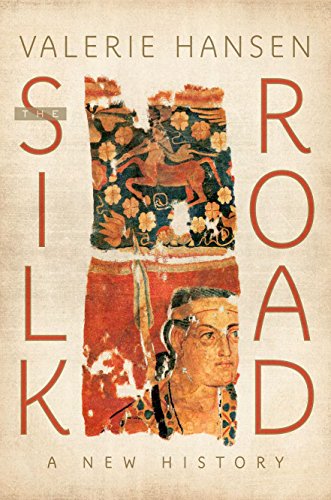
Read
Since you wrote one of the definitive accessible academic treatments of the topic, let’s discuss your work first. Please tell me about your 2017 contribution to scholarship, The Silk Road: A New History.
The Silk Road traversed the territory around the Taklamakan Desert in Northwest China and included the routes that connected China with Iran. My book focuses on seven Silk Road sites and proceeds in chronological order. It starts in Northwest China, about the second century AD, and continues up through the age of Marco Polo. Many people erroneously think that the Silk Road connected China with Rome. There is very little evidence of direct contact between the Han dynasty or its successors and Rome. But there’s lots of evidence of contact between China and Iran.
“Paper, which was invented in China about the second century BC, was coming into use during the time of the Silk Road.”
At the end of each chapter, I include a collection of selected primary sources for each Silk Road site, some very rare, which give readers the chance to read the words of, for instance, Chinese pilgrims and Marco Polo.
Those primary sources probably used one of the products that travelled along the Silk Road—paper.
Absolutely true. Paper, which was invented in China about the second century BC, was coming into use during the time of the Silk Road. By the third century AD, people were writing letters on paper. One of the reasons we know that is that this whole region was very dry, so the paper is preserved and so is cloth, as are some dead bodies and skin and hair. There’s also a very high level of preservation of food. We have petrified dumplings that have survived since the year 600. There’s a picture of that in the book.
So, the Silk Road is a misnomer in more ways than one. It wasn’t one road and it wasn’t simply trafficked by silk traders. What was travelling around along these trunk trails?
A lot, but not much silk. When silk was found along this route, it was rarely decorative cloths but often simple white silk, which was used as money because of a shortage of coins. What was moving along the route? Spices, aromatics, fragrances, precious metals, like gold and silver, and ammonium chloride, which was used to soften leather and also to reduce the melting temperature of metals.
So, one of the reasons the Silk Road is a misnomer is that silk was not the main good moving along. Another reason it’s a misnomer is that nobody used that word at that time. It’s a term that was coined at the end of the 19th century.
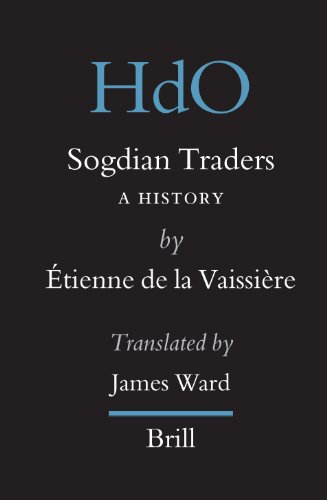
Read
A book about the middleman along the trade routes is your next choice on the Silk Road. Please tell me about Sogdian Traders.
It’s a great book. The Sogdians were the main traders along the Silk Road. ‘Sogdian’ is a word for the people who lived around the region of today’s Uzbekistan and the language they spoke. An abandoned mailbag, containing eight letters written in this language in the early 300s, describing the trade with China and the edge of the Iranian world, was discovered. From these letters we learn a lot about the contact between the Chinese capital and Sogdians. In another letter we learn about white powder make-up, probably a lead powder that people traded. And in one very poignant letter home, we read about the travails of a Sogdian woman stranded along the road, abandoned by her husband in a Chinese town.
“One of the reasons the Silk Road is a misnomer is that silk was not the main good moving along”
It’s a huge feat of research, the author draws from documents in Sodgian and Arabic. The author gives an overview of the Sogdians from their start, in the early 300s, through the peak period of trading and then to their decline. They started to disappear from the historic records around 800 AD.
Is this a good book to read if you want to understand the economic evolution that was made possible by the medieval trade along this route?
It’s probably the best book to read if you’re interested in the actual trade and the people doing the trade. It tells you pretty much everything we know about the trade. The author, Etienne de la Vaissière, is a French scholar who analyzes the nature of the Silk Road trade. He explains which goods are traveling and what the region was like as it began to boom economically.
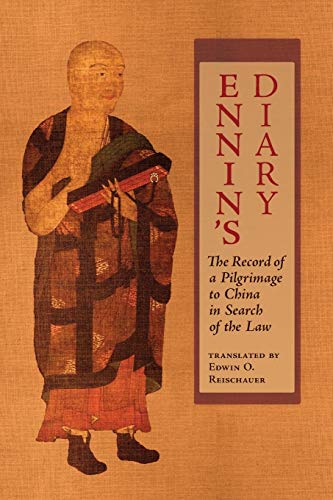
Read
A ninth century travelogue is your next recommendation. Please tell me about Ennin’s Diary. [Note: a new edition is forthcoming this spring from Angelico press.]
Ennin’s Diary is one of our best sources for learning what life was like in China during the time of the Silk Road. Ennin was a monk who travelled from Japan to China in the 800s. He began travelling as part of an embassy that the Japanese sent to learn about Chinese technology. He got caught in an 845 Buddhist suppression, when the Emperor ordered all monks to grow their hair and stop wearing robes. It’s a real adventure story about his experiences, trying to hide from the authorities and always trying to get home. It’s a great book.
So Ennin is evidence of the sort of the cultural transmission made possible by the Silk Road trade?
Absolutely. His diaries tell us a lot about the belief systems that were moving along the Silk Road. Buddhism moved from India to China and then from China to Japan. By the time of Ennin’s trip, there were already plenty of Buddhists in Japan. Ennin ventures along the road toward India to learn more about the origins of Buddhism. He writes about Buddhist observance in different states and the people he meets, from present day India and Korea, in China who were studying or teaching Buddhism.

Read
Next, you’ve named British journalist and historian Peter Hopkirk’s Foreign Devils on the Silk Road. What is the book about and why is it important to the subject of the Silk Road?
This is probably the most fun book. It’s a great read about different late 19th-century explorers from Central Asia who excavated the Silk Road sites that people still travel to today, as well as the documents and artifacts that made their way into European museums and collections. Each chapter is about explorers from a different country. It’s written in a very lively fashion.
A book about buried treasures and archeological raiders does sound fun. What does it teach us?
Some Europeans just documented with sketches or if they could, they took photographs, and left everything they excavated onsite. But most removed things. They hacked away at paintings and damaged them. The book goes into great and fascinating detail about the mechanics of travel and shipping these treasures back to Europe.
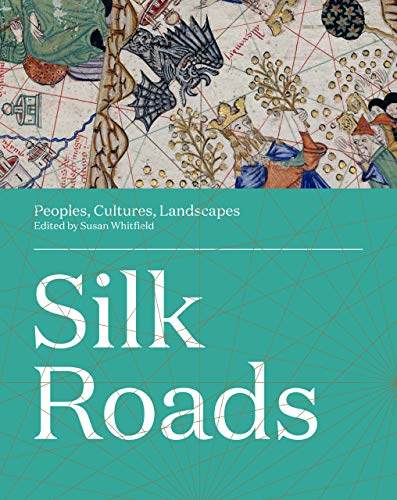
Read
Historian Susan Whitfield’s Silk Roads: Peoples, Cultures, Landscapes is your next choice. What does it add to this picture?
This is a humongous book filled with beautiful photographs. The book has lots of photographs, some large enough to spread over two pages, showing famous Silk Road sites and works of art. It’s really a visual treasure. Among all these books, this is the coffee table book.
Support Five Books
Five Books interviews are expensive to produce. If you're enjoying this interview, please support us by donating a small amount.
It also has the most expansive definition of the Silk Road. It includes Africa, Europe and Asia. There are fabulous maps throughout the book. The book is set up so that you can look at the maps, figure out what part of the world you’re interested in, and then read about that region in the world.
Please highlight the highlights.
The visual record of the Silk Road is so rich. Some of the most beautiful things that travelled along it were made in China, out of gold and silver, with Central Asian motifs. Some beautiful Sogdian tombs, combining Iranian and Chinese art, are featured. There are also beautiful colour photos of the scenery—of mountains and oases.
That brings us to your new book, The Year 1000: When Explorers Connected the World—and Globalization Began, in which you present a new synthesis, new scholarship and a new hypothesis about the origins of globalization.
My Silk Road book ends around the year 1000. In the book, I write about an oasis called Khotan, in the northwest corner of China, that fell to Islamic armies just after the year 1000. The region, which had been Buddhist up until then, was conquered by Muslim rulers. I knew that the Vikings touched down in Canada around the year 1000. And that the Chinese signed a treaty with Northern people called the Liao around 1000 which set up conditions for change. I started wondering if these momentous changes were connected in any way. So, I embarked on a five year investigation into that question. The answer is yes.
“The visual record of the Silk Road is so rich”
Around the year 1000, people around the globe started to realize for the first time that they could leave home, travel to other places, find out about their neighbors and adopt new approaches. A wave of Islam came to Northwest China as part of that movement. People embarked on ocean travel, who hadn’t strayed far previously. The Vikings cross from Greenland to what is today Canada. New routes linked the continents together.
Get the weekly Five Books newsletter
The Silk Road was an early harbinger which showed the promise of exchange with neighbors in the centuries before 1000. In the year 1000, we start to see trade across great distances, despite the fact that nobody had sophisticated transportation technology. Boat building was improved, but those great distances were traversed on land, wind, and animal power alone. The book is about people building new pathways in the year 1000, discovering that they share the globe with other cultures, that their homes are just one part of a much larger picture.
In other words, globalization.
Interview by Eve Gerber
Five Books aims to keep its book recommendations and interviews up to date. If you are the interviewee and would like to update your choice of books (or even just what you say about them) please email us at editor@fivebooks.com
China History Regional and National History

Valerie Hansen
Valerie Hansen teaches Chinese and world history at Yale, where she is professor of history. Her main research goal is to draw on nontraditional sources to capture the experience of ordinary people. In particular she is interested in how sources buried in the ground, whether intentionally or unintentionally, supplement the detailed official record of China’s past. Her books include The Silk Road: A New History, The Open Empire: A History of China to 1600, Negotiating Daily Life in Traditional China, and Voyages in World History (co-authored with Kenneth R. Curtis). In the past decade, she has spent three years in China: 2005-06 in Shanghai on a Fulbright grant; and 2008-09 and 2011-12, teaching at Yale’s joint undergraduate program with Peking University.
China History Regional and National History
Save for later

Dambisa Moyo on The Decline of the West

Chris Livaccari on Books every Chinese Language Learner Should Read

Fuchsia Dunlop on Chinese Food Books

Elizabeth Perry on Popular Protest in China Books

Xinran on Understanding China Books

Rana Mitter on 100 Years of Modern China Books

Julia Lovell on The Opium War

Evan Osnos on China Books

Michael Dillon on Uyghur Nationalism Books
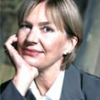
Isabel Hilton on China’s Environmental Crisis Books

Roderick MacFarquhar on The Cultural Revolution

Jeffrey Wasserstrom on June 4th, 1989 Books

Daniel A. Bell on Confucius Books

Julia Lovell on Maoism Books

Jeffrey Wasserstrom on Best China Books of 2020

Richard McGregor on The Chinese Communist Party

Victor Shih on The Chinese Economy

Qiu Xiaolong on Classical Chinese Poetry Books

Richard Baum on Obstacles to Political Reform in China Books

Ian Johnson on Religion in China Books

Jeffrey Wasserstrom on Chinese Life Stories
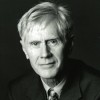
Orville Schell on China and the US Books
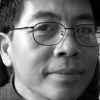
Kent Deng on China in the World Economy Books

James Palmer on Minority Survival in China Books

Robert Barnett on Tibet Books

Michael Puett on Chinese Philosophy Books

Harry Wu on China’s Darker Side Books

Valerie Hansen on The Silk Road

Paul French on Shanghai Novels
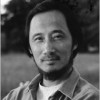
Ma Jian on Chinese Dissident Literature
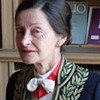
Marianne Bastid-Bruguière on Life in China Books

Gady Epstein on China and the Internet Books
BOOKS BY VALERIE HANSEN

The Open Empire: A History of China to 1800
by Valerie Hansen

The Year 1000: When Explorers Connected the World―and Globalization Began
by Valerie Hansen

The Silk Road: A New History
by Valerie Hansen
No comments:
Post a Comment